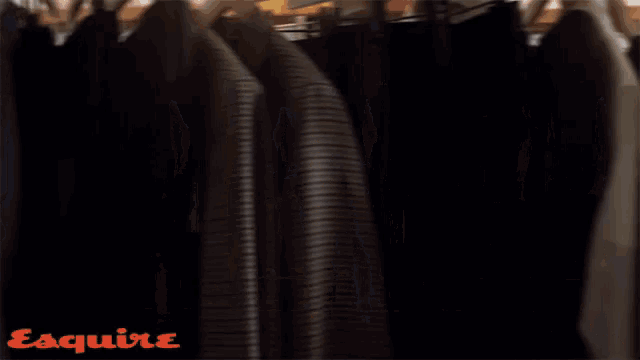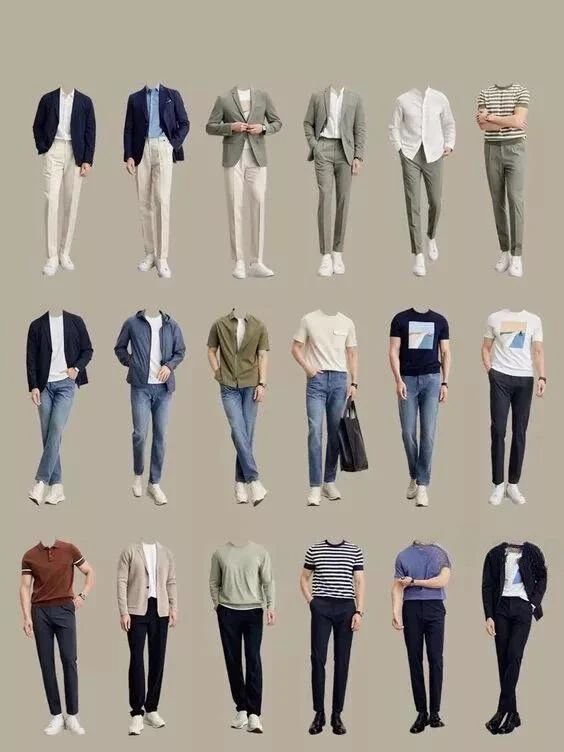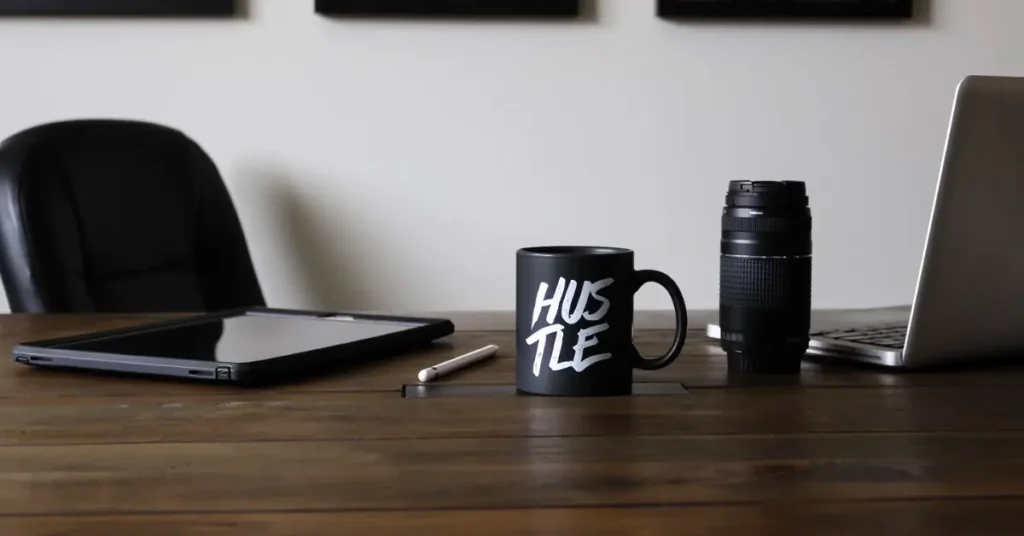by Ritu Singh

If you’re tired of staring at a closet full of clothes but still feeling like you have nothing to wear, this one’s for you.
A capsule wardrobe is all about having a small collection of versatile, high-quality pieces that you can mix and match to create a variety of looks.
It’s like having a personal stylist, minus the hefty price tag. So, let’s dive in and get you sorted!
What’s a Capsule Wardrobe?
Think of a capsule wardrobe as your clothing essentials, distilled down to the absolute best pieces.
It’s a curated collection of clothes that all work together, making it super easy to put together great outfits without much thought.
The benefits? You’ll save time getting ready, save money on clothes you don’t need, and always look put-together. Sounds pretty good, right?
Step 1: Assessing Your Lifestyle
Before you start building your capsule wardrobe, you need to think about your lifestyle.
- Are you in a corporate job that requires suits?
- Or are you more of a casual office kind of guy?
- Do you have a lot of formal events to attend?
- Are you all about that weekend brunch life?
Your capsule wardrobe should reflect your actual life, not the life you wish you had. Be honest with yourself here – it’s the key to building a wardrobe that actually works for you.

Step 2: Select Your Colors
Alright, now we’re getting to the fun part. Choosing a color palette is crucial for a capsule wardrobe.
You want colors that work well together so you can mix and match with ease.
A good rule of thumb is to stick with mostly neutral colors (think navy, gray, white, black) and then add in a few accent colors that you love and look good on you.
This way, almost everything in your wardrobe will go together.
Step 3: The Essential Capsule Pieces
Now, let’s talk about the actual clothes. Remember, we’re going for quality over quantity here. Your climate and lifestyle will also dictate some of the choices.
Here’s a basic list to get you started:
Tops:
- 2 white dress shirts
- 2 casual button-downs in different colors
- 2 polo shirts
- 3 well-fitted t-shirts
Bottoms:
- A pair of dark dress pants
- 2 chinos in different colors
- 2 pairs of well-fitted jeans (dark and light wash)
Outerwear:
One each –
- Blazer (navy is always a safe bet)
- Casual jacket (like a bomber or denim jacket)
- Overcoat for colder months
Footwear:
One pair of each –
- Dress shoes
- Casual leather shoes (like loafers or brogues)
- White sneakers
This list isn’t set in stone – adjust it based on your lifestyle and needs. The key is to have versatile pieces that can be dressed up or down.
Step 4: Remember Accessories
Accessories can make or break an outfit, and they’re a great way to add variety to your capsule wardrobe. Here’s what you might want to include:
- A few ties in different patterns
- Watch
- Leather belt
- A pair of sunglasses
And here’s a pro tip: invest in some quality collar stays, like those from Wurkin Stiffs. They’ll keep your collar looking crisp all day, which can really elevate your whole look.
Step 5: Quality Matters
When it comes to a capsule wardrobe, quality trumps quantity every time.
It’s better to have fewer pieces that are well-made and fit you perfectly than a closet stuffed with cheap clothes that fall apart after a few wears.
Look for clothes made from good materials, with strong stitching and quality hardware (like zippers and buttons).
And remember, fit is crucial for a quality appearance. A $60 shirt tailored to your measurements will (almost) always look better than a $600 shirt that wasn’t made for you.
Step 6: Mix (and Match)

The beauty of a capsule wardrobe is how easy it is to put outfits together. Almost everything should go with everything else. Here are a few combinations to get you started:
- Jeans + white t-shirt + blazer = great choice for date night
- Chinos + button-down + leather shoes = great for the office
- Dress pants + dress shirt + blazer = ready for any formal event
The possibilities are endless. Play around and see what combinations you like best.
Step 7: Adapt for the Seasons
Your capsule wardrobe isn’t set in stone – you should adjust it as the seasons change.
In summer, you might swap out some long-sleeved shirts for short-sleeved ones, or add in a pair of shorts.
In winter, you’ll want to add some sweaters and maybe a heavier coat.
The key is to maintain the versatility and cohesiveness of your wardrobe, even as you make seasonal adjustments.
Step 8: Take Care of Your Clothes

A capsule wardrobe is an investment, so you want to make sure you’re taking good care of your clothes.
The care instructions on the label are included for a reason – try and follow them.
Hang your shirts and jackets properly, and fold your sweaters to avoid stretching them out.
Polish your shoes regularly.
These small habits will keep your clothes looking great for longer, which is essential when you’re working with a smaller wardrobe.
Wrapping It Up
Building a capsule wardrobe might seem like a big task at first, but trust me, it’s worth it.
Imagine opening your closet and knowing that you can put together a great outfit with any combination of clothes you see.
No more decision fatigue in the morning, no more impulse buys that you never wear, and no more feeling like you have nothing to wear despite a full closet.
Also Read – What is a Signature style?
Start by going through your current wardrobe. What are the pieces you wear all the time? What are the ones that have been sitting untouched for months? This can give you a good idea of what works for you and what doesn’t.
As you build your capsule wardrobe, don’t feel like you need to do it all at once.
It’s okay to take your time, adding pieces as you find ones that you love and that fit well with what you already have.
And don’t be afraid to make adjustments as you go along.
Your lifestyle might change, or you might realize that certain pieces aren’t working as well as you thought they would.
A capsule wardrobe should make your life easier, not add stress.

Ritu is a lifestyle and fashion writer at menPsyche. She holds a degree in English Literature and studied fashion design. She enjoys traveling and reading.



